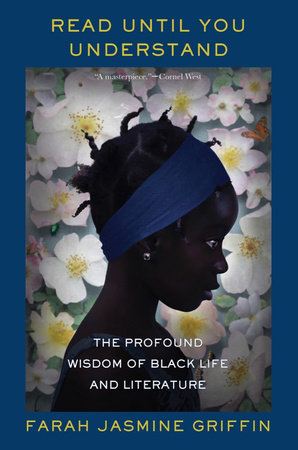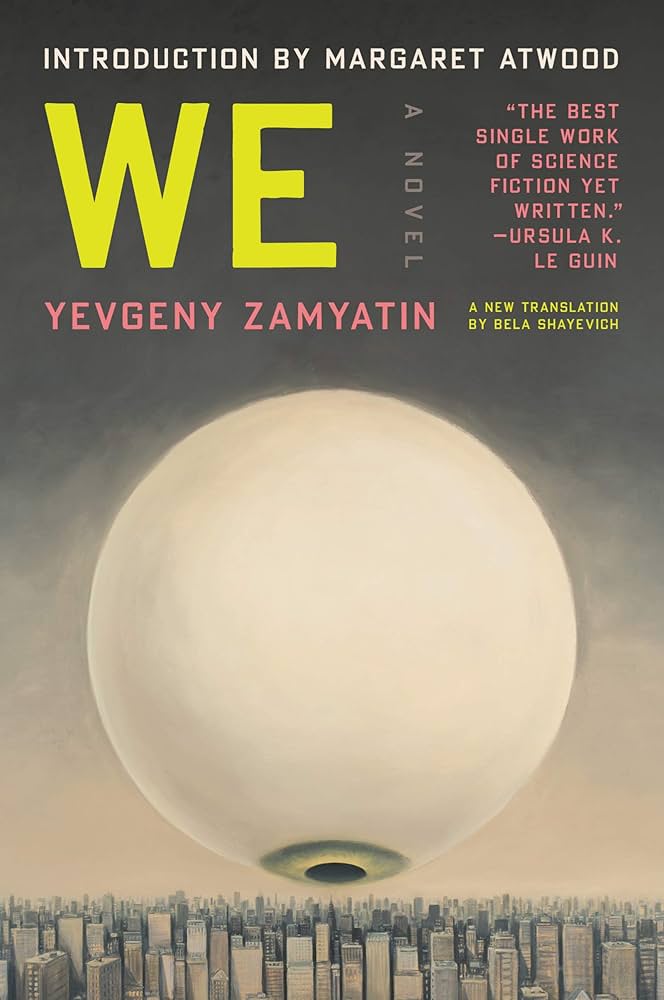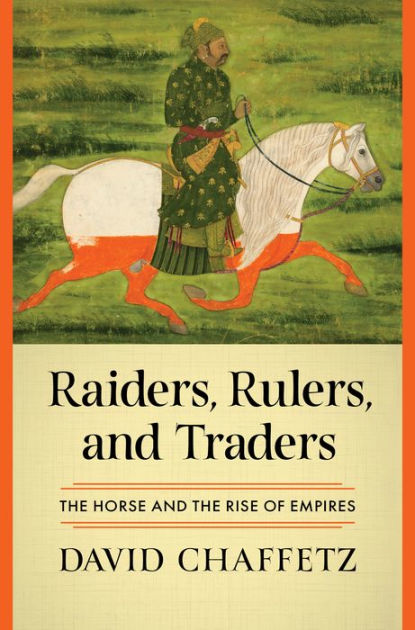A short, sharp novel with no wasted words, _Small Things Like These_ by Claire Keegan is the most Christian (or Christmas) movie I’ve read in a long time. It’s a story about how the worst tyranny often exists in our own backyard and the way in which small, simple kindnesses can stand against it. (The movie adaptation starring Cillian Murphy is also quite good.) Worth a read, I’d say.
Today’s goodbye
Today: goodbye!
Rest easy, tired day.
Job’s done.
Tomorrow? Hello!
Parade for My Cat
If I were to put on a parade for my cat, I’d make sure no other cats were invited. He hates them. His whole body bristles up into furious ball and he screams like nothing I’ve ever heard. And that’s just when the cats stroll through our backyard. Other than the HVAC repairman, I can’t think of anything that Norman hates more. If I were to put on a parade for my cat, I would make sure there were a lot of feathers. He loves feathers. I’d make sure that there were feathers hanging from strings. I’d shoot feathers into the air out of mighty feather cannons and they’d be gloriously quiet. So that many different colors of feathers would drift down from the sky. It would feel like a sea of puddles. (I’d hire street cleaning trucks to come by later to sweep them up, never fear.) I’m talking big feathers! Like peacock feathers and ostrich feathers and albatross feathers. I’m talking little feathers! Like chickadees and whippoorwills and hummingbird feathers. There’d be no dogs at this parade I think it goes without saying, but oddly my cat seems ambivalent about dogs. At least he doesn’t mind watching them walk by peering through the screen door in our front door. You know that Smellovision? Well, I’d make sure that there was just a constant aroma of tuna and salmon and just assorted fish smells. Hey! This parade is for my cat. I recommend nose plugs. So anyway, there’s gotta be some chicken smells in there plus maybe some beef, because he likes all that stuff. And then I’m thinking this parade has got to be on a very sunny day. No rain allowed! So I’ll get the top meteorologists on the case to make sure the date and time means only sun, no rain. Fortunately I don’t think that my cat is big on calendars or even clocks, so probably if we have to reschedule, he’ll be fine with it. But better to be safe than sorry, you know? He’s pretty punctual when it comes to breakfast, so maybe he’s got a thing for calendars too. So, anyway, I’m thinking: centerpiece of the parade is just a whole pile of cardboard boxes and paper bags (arranged tastefully!) because I’ve never met a cat that likes paper products so much. Hey, let’s throw some cardboard tubes in there as well, but preferably big enough for him to crawl inside. That’s the ticket! Also a cat tree. And a comfy chair or three. We’ll clear the roads for miles around, wending our way through the city, so that thousands of people can come out to see the parade. I’ll hand out flags before hand with my cat’s face on them so that people can wave them in his honor. Then after long months of planning and a long day of parading, we’ll take a nap in his honor. Which is what he’ll probably have done throughout the whole parade. It’ll be the best parade for a cat this town has ever seen!
A bunch of books I’ve read lately
The Extinction of Irena Rey by Jennifer Croft
A bunch of translators get together to collectively translate the latest bestseller by an odd, reclusive novelist. Then dies or disappears or something? It’s all very hazy in my memory of it. An odd, disarming book, that I wanted to like more than I did. Now, so much of my memory of it has already faded. (I read it in a bit of a rush, because it was due back at the library.) Mostly I remember half falling asleep while reading it on the couch. That doesn’t help with memory either.
Inverted World by Christopher Priest
There’s a group of people and they live on a city-sized train that slowly crawls across the countryside, fleeing at a snails pace an environmental, existential horror that follows them. Only a select few are allowed outside of the city/train to deconstruct and then build the tracks that it travels upon. A strange, delirious dystopia. Has some intense, timey-wimey elements to it. I found the creativity in the writing refreshing and delightful.
Rejection by Tony Tulathimnutte
The meanest book I’ve read in a long time. Harsh satire that gets pretty meta by the end. This author can write some pretty hilarious sentences, but you’ve got to wade through some real nastiness to get there.
The Cautious Traveller’s Guide to the Wastelands by Sarah Brooks
Another train book. This one is an Orient Express that travels across a monstrous Siberian wasteland. Only maybe the wasteland is inside the train after all? I enjoyed the way this story was put together with multiple point of view characters. A compelling read.
Assassin of Reality by Marina and Sergey Dyachenko
A sequel. What if Harry Potter but the school was taught by inhuman creatures corrupted by the infinite power of reality-bending magic. There’s no upside to being a student in this school of magic. The magic is basically turning reality into parts of grammar and such. Mind-bendingly weird. I dug it, but I think I liked the first one better.
Somna by Becky Cloonan
A comic book about a woman accused of witchcraft, but maybe she’s actually consorting with the devil or maybe she’s just a little crazy? Witch hunts are no good. It’s a simple theme but the art was pretty great. The story had nowhere left to go.
Gone by Jock
A science fiction story about a spacecraft stowaway in a far future galaxy. A comic book. The art was a bit muddy and hard to follow at times.
They Called Us Exceptional: And Other Lies That Raised Us by Prachi Gupta
A heartbreaking story about a woman coming to terms with her mentally unstable, abusive father and the way it distorts and corrupts her relationship with everyone else in her family. A tough read.
Giordano Bruno and the Hermetic Tradition by Frances A. Yates
Explores the origins of the Western occult tradition. A fascinating look at some historical characters who existed on the fringes of acceptable religious thought and ultimately often paid the price for it. Yates is a fantastic writer of history and she brings some order out of what can often feel like rampant gobbledegook.
The Waning of the Middle Ages by Johan Huizinga
Another exceptional historian. Huizinga writes with empathy and clarity about the ways in which the Middle Ages differed from our own. I highly recommend this one.
The Gate of the Feral Gods by Matt Dinniman
Sometimes you just want a fun, clever read. This is book four (I think) in this series and I’m happy to keep riding the ride.
Strange Pictures by Uketsu
Japanese murder mystery stories that eventually end up interconnecting in unexpected ways. Pretty creepy, clever mysteries.
The Last Man by Mary Shelley
I hadn’t heard of this book by Shelley until about a month ago. It’s about a plague that afflicts all of humanity. It’s impossible to spoil the ending because of the title, but I think it’s worth the journey. A more mature book than Frankenstein.
Read Until You Understand: The Profound Wisdom of Black Life and Literature by Farah Jasmine Griffin

I read this book for a book club. It’s a solid survey of Black literature, art, and music. It’s strength is in the way the author ties her life and family history to the works she writes about. She writes about writers who are already quite well known (many of which I’d already read, like James Baldwin and Toni Morrison and Frederick Douglass). They’re all writers worth writing about, but these days I’m looking for obscurity, writers and artists and musicians I’ve never heard of before in books like this. Much of the book was me agreeing, yes, yes, this writer is worth reading. For someone who hadn’t, though, I think this book is a solid introduction to them.
We by Yevgeny Zamyatin

We is a dystopian science fiction novel that almost certainly inspired 1984 and Brave New World. Written by a Russian author in the early 20th centuries, it has the distinct honor of being the first novel censored by the Soviet literary review board.
We presents a society that is rigorously controlled and observed, with everything from work and food to people’s sex lives dictated by the state for the greater good. Also, there’s a rocket in it. Everything would be perfect apart from individuals and their imagination, which the society has built a machine to relatively painlessly remove.
Anyway, it’s the story of a worker who drifts into a resistance movement through his fascination with a young woman who continually breaks the rules. The whole thing is pretty bleak, but I liked reading this science fiction book from the early 20th century. Ultimately pretty apolitical, I could easily see the setting of this book mapped onto an extreme version of capitalism.
It was also quite interesting to see how the author imagined telephones being used in the future, as well as rockets.
That cover is something else, too!
Raiders, Rulers, and Traders: The Horse and the Rise of Empires by David Chaffetz

Just following along on my history kick. (This one, like the Venice book, recommended by this Contraptions newsletter.) I didn’t know very much about horses before I read this book, but I learned a lot about them from reading this book. Nor did I know that people were using horse-drawn chariots before they rode horses, because horses weren’t strong enough to carry adult humans until people started breeding them for that purpose.
The core premise of the book, in a sense, is that horses have been so common throughout history, that people (and historians) have sort of collectively overlooked their importance and impact. (Like someone writing about how important cars are today, I suppose.) This book aims to amend that lack.
The most intriguing thing to me about this book was the way it illuminates the ways in which the geography of the central Asian steppe and its abundance of food for horses led to the roving cultures and lifestyles that built into things like the Mongols and the Huns. That it was the hunger for horses from more sedentary countries that led to this centralization of steppe power and the cycle of violence it created. The history of China in this book felt like a constant cycle between China’s hunger for horses and steppe tribes hunger for their treasures.
Anyway, there’s so much great detail here. As the author got into the 20th century and the importance of horses began to wane, I could feel his interest waning too. (Or maybe the 20th century is just too complex to try to cram into a couple chapters.) But all in all, a solid book of history. I learned a lot of things that didn’t know and built up quite a bit on things I only vaguely knew. I’d recommend this one.
Istanbul: A Tale of Three Cities by Bettany Hughes

One of the things I like about books is if there’s something I’m interested in learning more about, there’s always a book to read. A while back (this was months ago) I realized I didn’t know much about the history of Istanbul. This is the book I found.
The scope of this book is pretty epic, spanning hundreds of years. It starts in pre-history talking about the geological region around Istanbul: the Marmara Sea, the Bosphorus, the Golden Horn, the Black Sea, and the Aegean not too far from there. It goes from the earliest days of Byzantion to Byzantium to Constantinople to Konstaniye to Istanbul. I was struck by how much the geography of this place has shaped the humans and their choices over the centuries.
A compelling writer, Hughes kept the book rolling along, while providing just enough detail to keep it interesting. This book paired nicely with that book on Venice I read last month, providing a perspective that sort of laid aslant from that of Venice.
What did I take away from this book? Well, over and over and over, there are those who spend long, slow years building things up and creating beauty and community and then there are those who, in an instant, burn it all down.
I liked this. A solid work of history.
War Music: An Account of Homer’s Iliad by Christopher Logue

I often prefer The Odyssey to The Iliad. The former is more interesting structurally, with a greater variety of things and characters within it. The latter often feels like bros broing out. That being said, I appreciate the epic quality of the story and the terrifying ways in which the gods meddle in people’s lives. War Music isn’t a strict translation. It’s sort of poem inspired by The Iliad. Why’s there a helicopter on the cover, you might ask? One of the things that makes this book sort of interesting is the way in which Logue throws in modern metaphors to emphasize things within the story. In a way, it sort of ties the absurdity and bloodthirstiness of war from ancient times directly to the absurdity and bloodthirstiness of war today. The sad thing about this book is that it’s unfinished. An epic project that surpassed the author’s life. There’s a ghost that haunts this book. A ghost of what might have been and reading it, I felt a kind of bone-deep sorrow. But time runs ever on. I think this is a worthy read for any fan of The Iliad, but I’ll probably be going back to The Odyssey next time.
(I read this book at the recommendation of Max Read, who has a newsletter that I like with pretty solid book suggestions.)
The Corner That Held Them by Sylvia Townsend Warner

This 1948 novel by Sylvia Townsend Warner tells the story of an English nunnery from the 12th through the 14th century. Characters come and go, the nunnery drifts into various states of disrepair, and the nuns live their lives. It’s the story of a religious institution and the ways that it affects the women and (some) men who live within and around it. For a book about a nunnery, there’s less religious fervor than I was expecting. The marvel of this book is in the detail of the day-to-day which manages to never be boring. The pragmatic realities of the feeding, clothing, housing, and maintenance of the nunnery for the people within take center stage. There’s also a subtle theme about the ways in which power and authority of positions change the people who inhabit them in sometimes unexpected ways. Everyone in the book feels real. No small feat for a book that has scores of characters. I can’t think of another book that I’ve read that’s quite like this one, even the other book by this author that I’ve read. I’d strongly recommend this one.